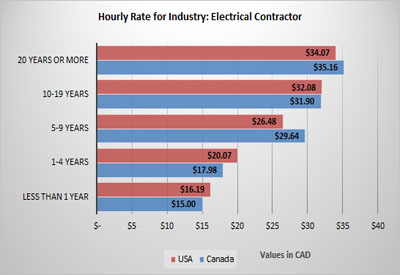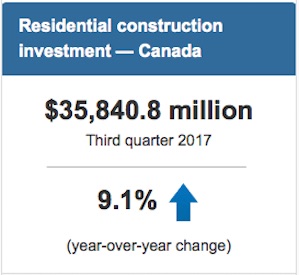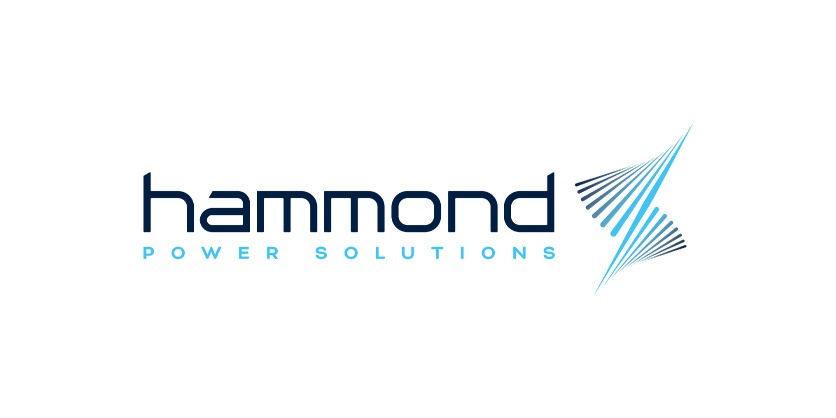7 Marketing Trends to Watch in 2020

Dec 2, 2019
By Katrina Olson
As we enter the decade of the 20s, technology continues to open a world of opportunities for marketers in the electrical distribution supply chain. But, despite the increased digitization and automation of marketing, some trends reflect a move toward making marketing more human. While technologies like voice-driven search are on the rise, the focus is still on connecting with people, and making it pleasant and easy for them to do business with you.
Following are seven trends to watch in 2020.
1. Authenticity
Despite, and perhaps because of, our love affair with technology, people crave real communication and connection with others. They see through the bombastic, brag-and-boast, fluff content of the past and want companies to “get real.” For marketers, this means real people featured in social media posts and on websites, less (if any) photo retouching, genuine comments from actual customers, stories about real situations, and real actions by companies to make the world a better place.
2. Experiential marketing
While traditional marketing talks about features and benefits, experiential marketing allows the customer to try the product, engaging as many of the senses as possible. Electrical distributors and manufacturers can connect with customers by inviting them to hands-on training with products and experience vehicles (or “showcoaches”) that enable customers to see and touch products for themselves. Association-sponsored trade shows and company-sponsored expos provide additional opportunities for experiential marketing.
3. Social responsibility
In an industry where competitors often sell the same products and offer the same services, it’s hard to differentiate yourself. One way to stand out is by taking a stand on an issue. It doesn’t have to be controversial, like Colin Kapernick’s “Believe in something” ad for Nike. And ideally, there will be a natural tie-in to our industry — like helping low-income families with power bills or helping finding homes for shelter animals, because everyone deserves a safe, warm, comfortable home (made possible by electrical products).
4. More goal-oriented content
Content, especially written content, is still king. It’s easily found by search engines, and it’s the cheapest, easiest form of content to produce in terms of both cost and time. It’s easy for people to consume and easy to share. According to the Pew Research Center, Millennials read more books than Baby Boomers or Gen Xers. They also prefer to read news rather than watch it. Of course, they’re doing it on the phones and other digital devices, but they are reading.
Increasingly, marketers are looking to content to help achieve business goals. A research study by Zazzle Media found that 89% of respondents tied their marketing content to the company’s wider business goals in 2019 — up 44% from 2018. That’s a nearly 100% increase. According to respondents, those main goals included:
• brand awareness (76%)
• lead generation (61%)
• improved search engine visibility (39%)
This represents a significant change from just five years ago when the primary goal was improved search engine visibility.
5. Voice-driven media and voice-enabled devices
Global research firm Gartner says 30% of searches will occur without a screen in 2020, using smart speakers, smart headphones and other devices with voice-only interfaces. In 2018, 56 million smart speakers were sold to consumers. And according to a forecast by eMarketer, the number of US smart speaker users will reach 76.5 million by 2020, faster than any tech product since the smartphone.
With the proliferation of smart speakers, people can ask Alexa, Siri, and Google to search topics without ever touching a device. Further, for better or worse, smart speakers are beginning to feature branded content. For example, if you request that Alexa find a Patrón cocktail recipe, Alexa will respond with a number of options, courtesy of Patrón. As a result, Patrón gets more than 6,000 to 7,000 queries a month, according to online trade magazine Digiday.
6. Optimizing for voice search
Every time someone asks Alexa or Siri to play a song, check the temperature, or look up a word, it’s considered a voice search. In 2019, there were more than a billion voice searches a month. In addition, two-thirds of smartphone owners use voice search assistants on a daily basis, according to Microsoft’s 2019 Voice report.
This is a new and developing opportunity for marketers, but only 11% included voice search in their 2018 content marketing strategy, according to the Zazzle study. Most said they were confused by how to incorporate voice into their content marketing plan. A majority (62%) said it’s “too soon to tell” if investing in voice search will pay off; while 42% said they would try to integrate voice search in 2019.
According to media measurement and analytics company Comscore, voice search will comprise over 50% of all searches by 2020, so it makes sense for businesses to start optimizing their content for voice search. The easiest way to start is by making content more conversational — using phrases and language people use when the speak.
7. Conversational marketing
Speaking of conversations, a new tool that combines the rapid adoption of smart speakers and innovations in artificial intelligence is “conversational marketing.” Think of it as intelligent bots that sound and “think” like real people, whether online or on the phone. They enable companies to interact with a virtually unlimited number of customers by mirroring human dialogue. Gartner predicts this trend will be mainstream in the next two to five years.
On your radar
Maybe you’re ready to embrace these trends; maybe not. But they should be on your radar. And you don’t have to abandon your old methods for the next shiny new object — especially if the old methods are working. Regardless, consider incorporating a few of them into your marketing plan and see what happens.
Katrina Olson is a marketing consultant, marketing trainer/coach, speaker, columnist, and content developer. She also helps companies build high-performing marketing teams. Katrina is currently serving as director of marketing for Dominion Electric Supply of Arlington, VA with 11 locations in the DC-Maryland-Virginia metropolitan area. She can be reached at Katrina@KatrinaOlson.com or via her website at www.katrinaolson.com.











